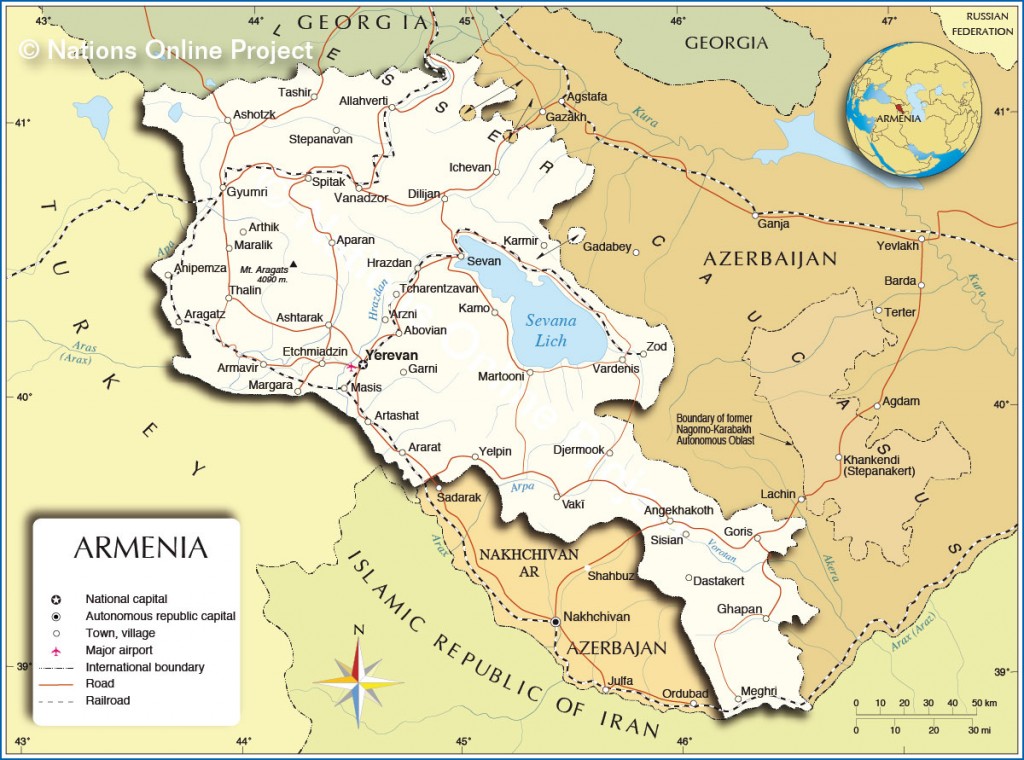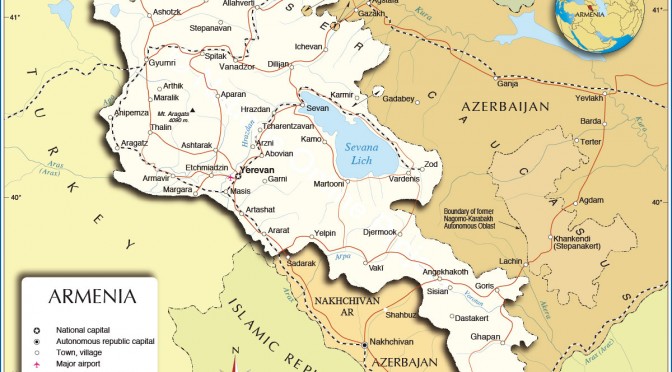Armenia, a landlocked country in the South Caucasus region, has long been dependent on imported fossil fuels to meet its energy needs. However, with the growing global emphasis on clean and renewable energy sources, the country is now exploring the untapped potential of wind energy to diversify its energy market and reduce its reliance on imported energy resources.
Wind energy, a clean and inexhaustible source of power, has been gaining traction worldwide as a viable alternative to traditional fossil fuels. According to the Global Wind Energy Council, the total installed wind power capacity reached 651 GW in 2020, with a 53 GW increase from the previous year. This growth trend is expected to continue, driven by technological advancements, cost reductions, and supportive government policies.
Armenia’s geographical location and topography provide favorable conditions for harnessing wind energy. The country is characterized by high mountains and plateaus, which create strong and consistent wind flows, particularly in the regions of Aragatsotn, Gegharkunik, and Syunik. A study conducted by the United States Agency for International Development (USAID) in 2013 estimated that Armenia has a technical wind energy potential of around 4,900 MW, which could generate approximately 14.3 TWh of electricity annually.
Despite this potential, wind energy remains a largely untapped resource in Armenia’s energy market. As of 2020, the country’s installed wind power capacity stood at a modest 7.6 MW, with the Lori-1 wind farm being the only operational wind power facility. This accounts for less than 1% of Armenia’s total electricity generation, highlighting the vast potential for growth in this sector.
The Armenian government has recognized the need to diversify its energy mix and reduce its dependence on imported fossil fuels. In recent years, it has taken several steps to promote the development of renewable energy sources, including wind power. The country’s National Energy Efficiency Action Plan (NEEAP) for 2017-2020 aimed to increase the share of renewable energy in the total energy consumption to 26% by 2020, with a particular focus on wind energy development.
In 2019, the Ministry of Territorial Administration and Infrastructure announced plans to construct a 50 MW wind farm in the Gegharkunik region, which would significantly increase Armenia’s wind power capacity. The project, known as the Ayg-1 wind farm, is being developed by the Spanish company Ocean Winds and the United Arab Emirates-based renewable energy company Masdar. Construction is expected to begin in 2021, with the wind farm scheduled to become operational by 2023.

Additionally, the European Bank for Reconstruction and Development (EBRD) has expressed interest in financing wind energy projects in Armenia. In 2020, the EBRD signed a memorandum of understanding with the Armenian government to support the development of renewable energy sources, including wind power. This partnership is expected to attract further investments and facilitate the implementation of new wind energy projects in the country.
The development of wind energy in Armenia’s energy market offers numerous benefits. It can help the country reduce its reliance on imported fossil fuels, thereby enhancing its energy security and reducing its vulnerability to external price shocks. Moreover, the expansion of wind power can contribute to the country’s efforts to reduce greenhouse gas emissions and combat climate change, in line with its commitments under the Paris Agreement.
In conclusion, Armenia’s energy market holds significant untapped potential for wind energy development. With favorable geographical conditions, supportive government policies, and growing international interest, the country is well-positioned to harness the power of wind and transform its energy landscape. The expansion of wind energy can not only help Armenia achieve its renewable energy targets but also contribute to a more sustainable and secure energy future for the nation.


